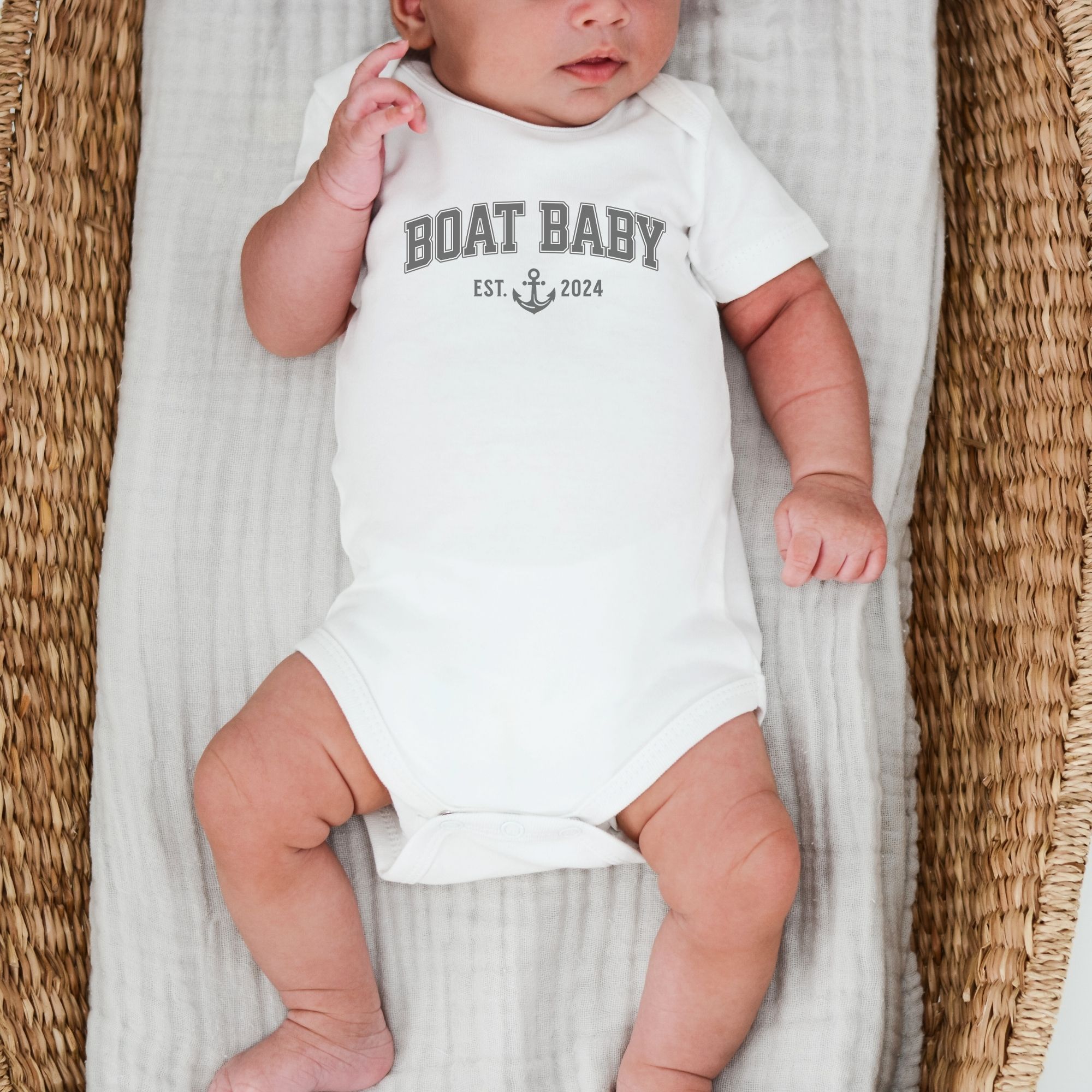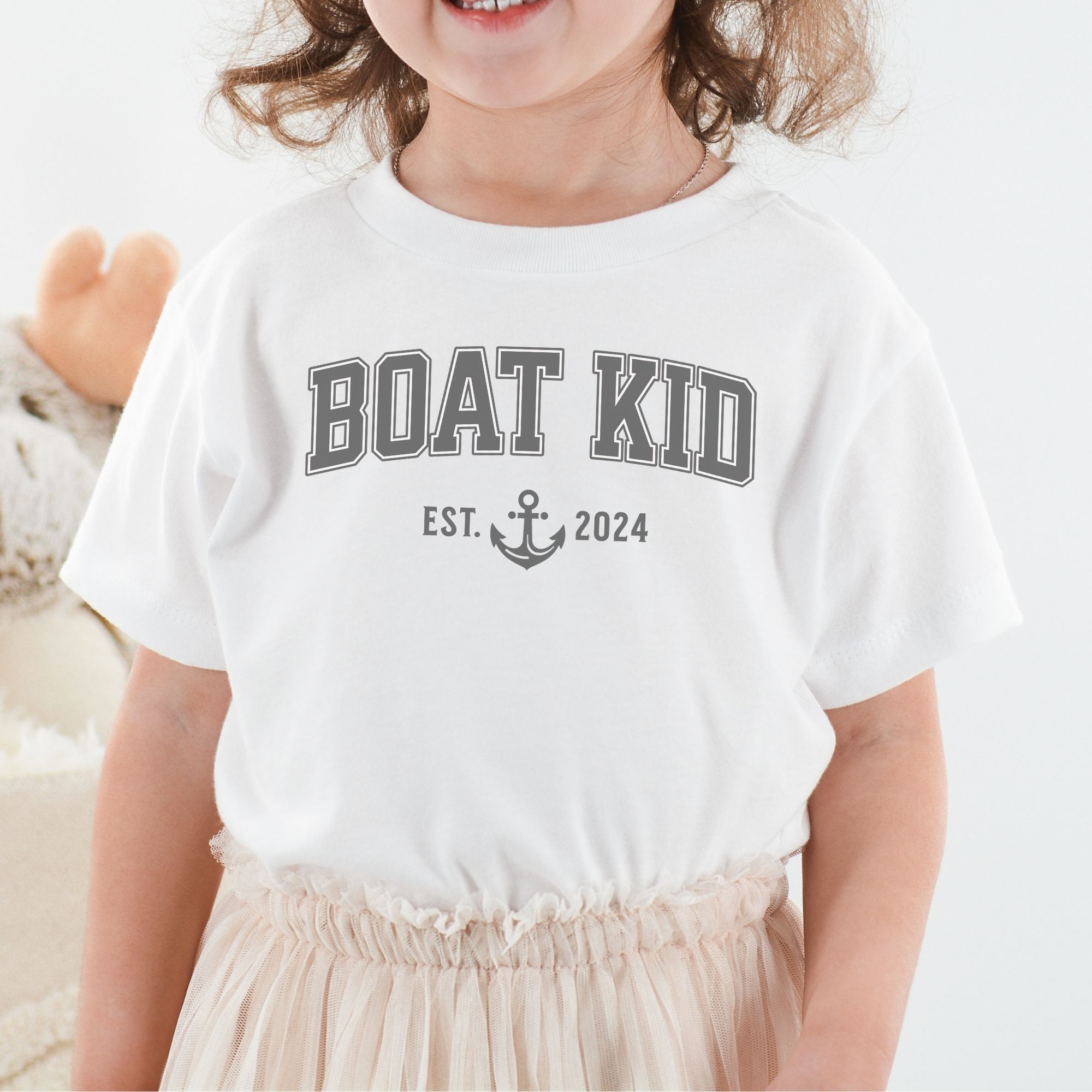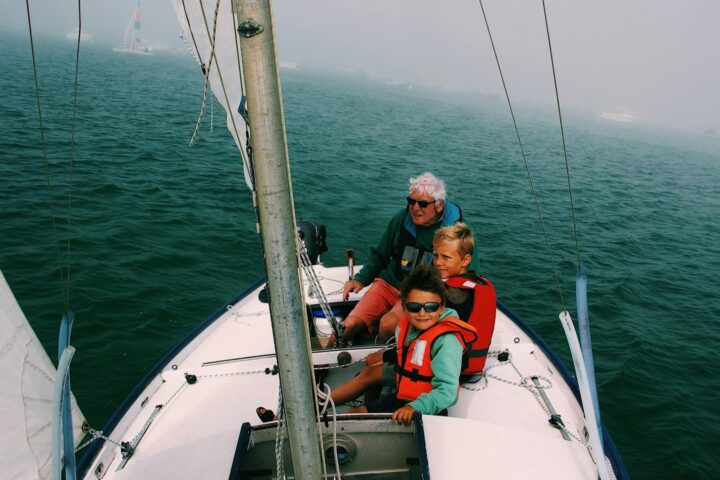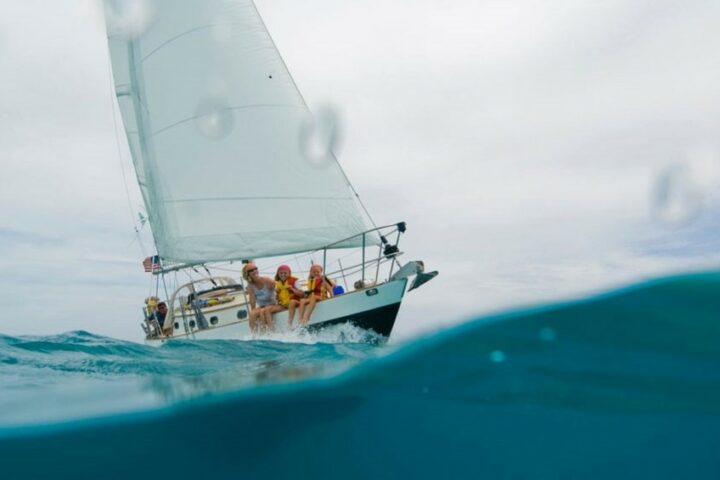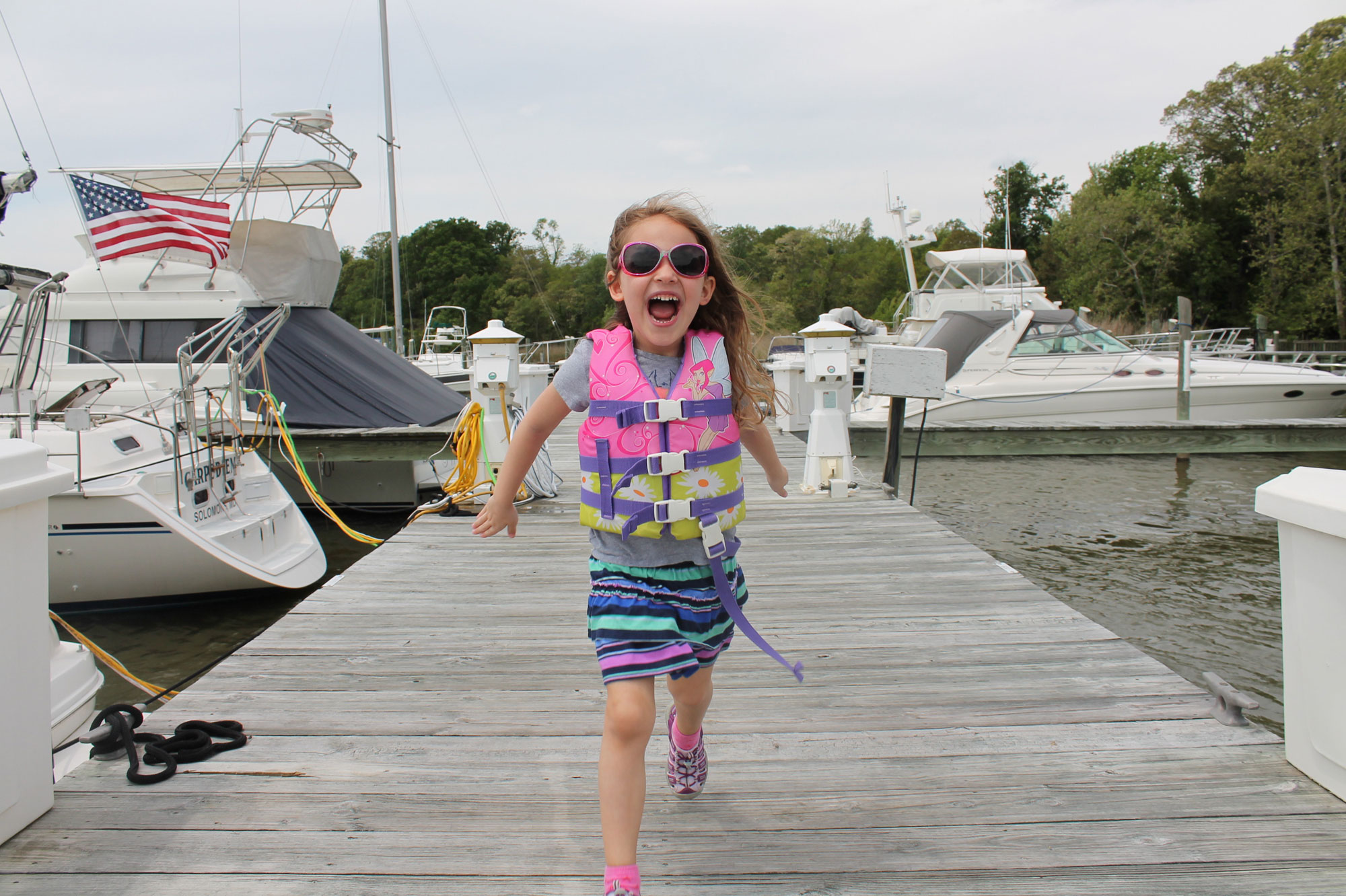
For recreational boaters, few things are better than spending time with family on the water. But when kids are on the dock, the fun can quickly turn dangerous without the proper safety measures in place. Docks are uniquely risky environments for children: slick surfaces, unstable footing, and unpredictable water conditions can easily lead to slips and falls.
Creating a safer dock area requires both preventative planning and ongoing attention to hazards — with proper drainage playing a bigger role than many boaters realize.
Why Docks Are So Slippery — And So Dangerous
The first step toward better dock safety is recognizing how easily accidents happen. Children are naturally curious, excited, and often unaware of their surroundings when near the water. Combine that with wet surfaces from splashing, rain, or waves, and you have a recipe for slips.
Unlike many home surfaces, docks deal with constantly changing moisture levels. Wood docks can become slick from algae or mildew, while composite or metal docks may turn dangerously slippery when wet. Even routine boat washing or spilled drinks can create small puddles that become major hazards for running kids.
Poor drainage makes matters worse. Water that collects and lingers on the dock creates slippery conditions and increases the chance of biological growth, like algae, which becomes more hazardous over time.
The Essential Role of Drainage
While many boaters think first about railings or nonslip mats when addressing dock safety, effective drainage should be a priority from the start. Docks that don’t allow water to properly drain can accumulate standing water after storms, boat traffic, or tidal changes.
Installing proper drainage systems ensures water flows off the walking surfaces quickly and efficiently. This reduces pooling, limits algae growth, and minimizes the slick conditions that lead to slips and falls. Simple solutions such as well-spaced decking boards, grated surfaces, or built-in water channels can make a tremendous difference.
In some cases, drainage systems may also include internal plumbing elements to channel water away from high-traffic areas. Reliable components like pipe check valves help prevent backflow and keep drainage lines working properly, even when water levels fluctuate.
Nonslip Surfaces: Your First Line of Defense
In addition to proper drainage, outfitting the dock with nonslip surfaces adds another crucial layer of safety. Modern nonslip coatings and textured mats are designed to provide grip even when wet, offering an immediate way to prevent children from slipping.
Rubberized mats or grip tape can be placed in areas where kids often walk barefoot, like boarding points or swimming platforms. For boaters building or upgrading their docks, selecting decking materials with built-in slip resistance is a smart investment that helps prevent accidents in the long term.
Supervision and Education
No amount of drainage or safety equipment can replace the value of supervision. Young children should never be allowed to run or play on docks unsupervised. Even older children need reminders about the dangers of running, roughhousing, or leaning too far over the edge.
Set clear rules before each boating trip. Simple guidelines like “always wear your life jacket,” “no running on the dock,” and “stay away from the edge” can help kids develop safe habits. Teaching kids why these rules exist also helps them take ownership of their safety.
For additional peace of mind, some families choose to install child safety gates at dock entrances or fencing along open sides of the dock to prevent falls.
Regular Maintenance Makes a Big Difference
Maintaining a safe dock isn’t a one-time job; it requires consistent upkeep. Regularly inspect surfaces for loose boards, worn nonslip coatings, or algae buildup. Power wash the dock as needed to remove organic growth before it becomes slippery. During seasonal changes or storms, check drainage systems to ensure they’re not blocked or clogged.
Inspect plumbing components like pipe check valves to ensure drainage systems continue operating efficiently, especially after heavy use or fluctuating water levels. A well-maintained dock not only lasts longer but stays safer for children and adults alike.
Safer Docks Mean Happier Boating Days
Boating is meant to bring families closer together, but safety always comes first, especially when children are involved. By paying close attention to drainage, investing in nonslip surfaces, establishing clear safety rules, and staying proactive with maintenance, boaters can dramatically reduce the risk of slips and falls.
Trending Now: Custom Gifts for Boat Kids
Disclosure Policy: This site may contain links that are affiliated with companies where we receive compensation. Full disclosure policy.


